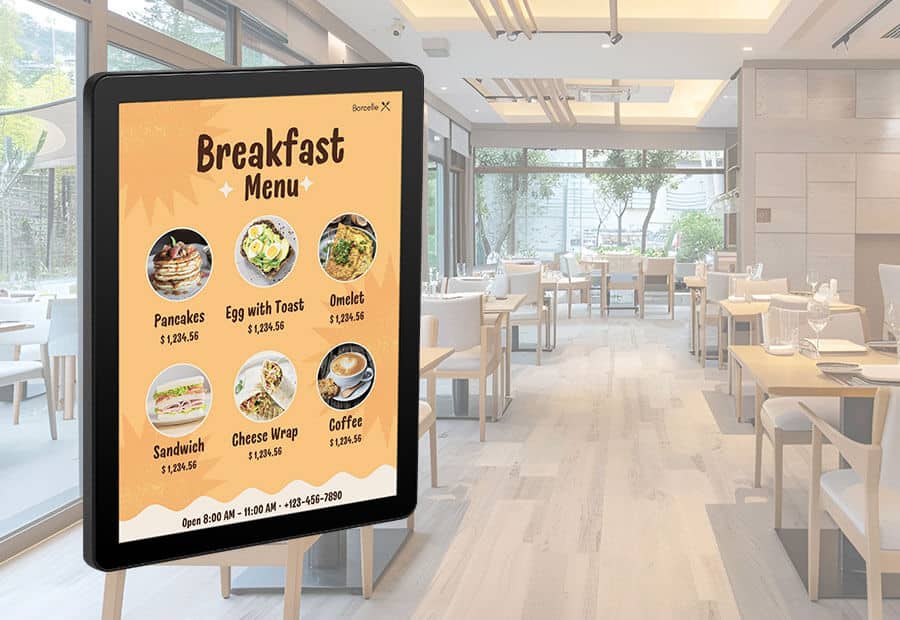The Advantages of Electronic Paper Displays for Readers
The Advantages of Electronic Paper Displays for Readers
Blog Article
Display engineering is now an intrinsic section of our everyday lives, appearing in everything from smartphones and e-readers to large-scale promotion panels. Among the diverse array of E ink electronic paper display, OLED (Organic Light-Emitting Diodes), and LED (Light-Emitting Diodes) have emerged as some of the very most generally mentioned options. While every type serves a unique unique purpose, their differences in features, performance, and use instances make them suitable for particular applications. Let's have a sooner look at the important characteristics of these display technologies.
Electronic Paper displays (ePaper)
Electronic Paper displays, also referred to as ePaper or Electronic Ink displays, are made to mimic the appearance and readability of standard Ink on paper. This engineering utilizes tiny microcapsules containing priced black and white contaminants suspended in an obvious fluid. When an electrical area is applied, the particles move to each side of the pill, making a visible image. The image remains static till another electrical subject is applied, rendering it ideal for showing text-based material such as for instance books, papers, and e-readers.

One of the principal features of ePaper displays is their minimal power consumption. Unlike standard LCD
Knowledge Electronic Paper displays
An electric Paper display (ePaper) mimics the looks of Ink on paper. Unlike old-fashioned screens, ePaper relies on their power to reveal ambient light as opposed to emitting its own. That technology not only decreases attention strain but also provides unmatched readability in sunlight, making it suitable for e-readers and electronic signage solutions.
One standout feature of ePaper displays is their incredibly minimal energy consumption. Because they simply use power when adjusting material, ePaper monitors are highly effective and suited to battery-powered devices. Nevertheless, their refresh charges are slower compared to OLED and LED displays, decreasing their applicability to fixed or minimally dynamic content.
OLED displays
OLED displays are known for their stunning aesthetic quality, offering vibrant colors, heavy blacks, and excellent contrast. Each pixel in a OLED display produces its mild, removing the requirement for a backlight. This not just permits thinner, more lightweight models but in addition benefits in better power effectiveness in comparison to LED using scenarios.
One key advantageous asset of OLED displays is their flexibility. They may be made in curved or foldable designs, creating them common in cutting-edge smartphones and wearable devices. Nevertheless, OLED monitors include problems, such as for example susceptibility to burn-in and shorter lifespans in comparison to other technologies.
LED displays
LED displays, the most typical of the three, count on a backlit program to light their pixels. While not as creatively impressive as OLED E ink sign, LEDs are very durable, long-lasting, and cost-effective. These characteristics make them suited to a wider array of purposes, including TVs, computer screens, and outdoor advertising.
LED displays generally accomplish properly in terms of brightness, creating them a good choice for environments with large normal light. However, they fall short in reaching the same deep contrast and color accuracy as OLED technology.

Ultimate Contrast
When determining between ePaper, OLED, and LED displays, the option depends mainly on the intended purpose. For static content like reading or signage, ePaper excels using its minimal energy utilization and high exposure in natural light. OLED shines in programs wherever lively colors and mobility are paramount. Meanwhile, LED remains a trusted and cost-efficient alternative for a number of general-purpose needs.
Each display engineering delivers something distinctive to the table, ensuring that there is an ideal option for every situation. Understanding these variations might help users and firms produce educated choices that suit their unique display requirements. Report this page